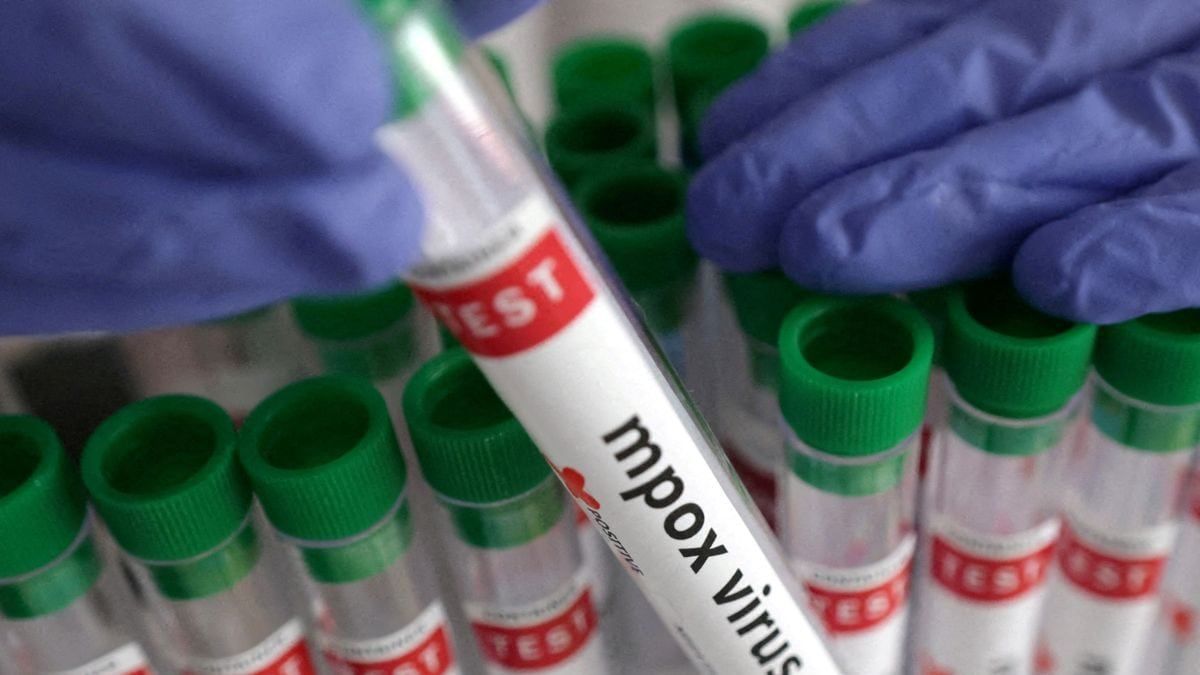Sex may permeate our popular culture, but conversations on the topic are still associated with stigma and shame in Indian households. As a result, most people facing sexual health issues or trying to find information about sex often turn to unverified online sources or follow unscientific advice from their friends. To address the widespread misinformation about sex, News18.com publishes this weekly column on sex titled “Let’s Talk About Sex.” We hope to start conversations about sex through this column and address sexual health issues with scientific perspective and nuances.
In this article, we will give you a comprehensive understanding of Mpox, its transmission methods, and its relationship to sexual health.
As you delve into the changing landscape of public health, you may be wondering about the nature of emerging infectious diseases. One such disease that has garnered a lot of attention is Mpox, formerly known as monkeypox. Mpox is a viral infection caused by the monkeypox virus, which belongs to the same family as the virus that causes smallpox. First discovered in 1958 in research monkeys, Mpox has since evolved into a zoonotic disease that affects humans. While its exact origin is unknown, scientists suspect that African rodents and nonhuman primates may serve as natural reservoirs for the virus. Mpox is classified into two distinct clades:
Clade I: Found mainly in Central Africa and associated with more severe disease.
Clade II: Generally produces milder infections and was responsible for the global outbreak that began in 2022.
Understanding the nature and origins of Mpox is critical to the effectiveness of prevention and control strategies. While not typically classified as an STI, recent outbreaks have highlighted the potential for transmission through close physical contact, including sexual activity.
How is Mpox transmitted?
Mpox is spread primarily through close physical contact with an infected person. This includes skin-to-skin contact, kissing, and face-to-face interactions that can generate infectious respiratory particles. The virus can also spread through contact with contaminated objects, surfaces, clothing, and bedding. During the recent global outbreak, Mpox has predominantly spread through sexual contact. Studies have shown that 84 to 100 percent of cases reported recent sexual activity before the onset of symptoms. The virus has been detected in sexual fluids such as semen, and laboratory studies have confirmed its infectivity.
Is Mpox an STI?
While Mpox is not currently classified as a sexually transmitted infection (STI), it can be spread through intimate or sexual contact. The high proportion of cases linked to sexual activity and similarities to other recognised STIs have led some experts to advocate for its categorisation as an STI. Labelling Mpox as an STI could help target public health interventions such as targeted vaccination, testing and treatment. However, careful messaging is necessary to avoid increasing stigma, which could potentially lead to reduced health care seeking and partner notification.
Common symptoms of Mpox
Characteristic rash: The hallmark symptom of mpox is a distinctive rash that progresses through several stages. It usually begins as flat, red bumps that develop into fluid-filled blisters. These lesions eventually form scabs before falling off. The rash can appear on various parts of the body, including the face, hands, feet, mouth, and genital areas. Some people may have only a few lesions, while others may develop hundreds.
Flu-like symptoms: Before or along with the rash, many people experience flu-like symptoms. These may include:
- Fever
- Shivers
- Headache
- Muscle pain
- Fatigue
- Swollen lymph nodes
According to the World Health Organization, these symptoms usually appear within 21 days of exposure to the Mpox virus. Although Mpox is usually milder than smallpox, it can cause significant discomfort. The Centers for Disease Control and Prevention (CDC) notes that the illness usually lasts 2 to 4 weeks. However, certain groups, such as children, pregnant women, and people with weakened immune systems, may be at higher risk for serious complications. These can include secondary skin infections, pneumonia, and in rare cases, encephalitis.
How to protect yourself from Mpox
Mpox, while not traditionally classified as an STD, can be spread through close physical contact, including sexual activity. To protect yourself, it's critical to understand how the virus is transmitted. Mpox is primarily spread through direct contact with infectious rashes, scabs, or bodily fluids. It can also be spread through respiratory secretions during prolonged face-to-face contact.
If you suspect you have contracted Mpox, it is critical that you seek medical attention immediately. While there is currently no specific approved treatment for Mpox, there are several options available to manage symptoms and prevent complications. Your healthcare provider may recommend supportive care to relieve discomfort and maintain adequate nutrition and hydration.
To reduce your risk of getting Mpox:
- Practice safe sex and use barrier methods such as condoms.
- Avoid skin-to-skin contact with people who have a rash that looks like Mpox.
- Wash your hands frequently with soap and water.
- Clean and disinfect frequently touched surfaces
Please note that while these measures may help, they do not guarantee complete protection against Mpox.
Preventive measures and vaccination
Prevention plays a critical role in managing Mpox infection. Vaccination is recommended for high-risk groups, including healthcare workers and close contacts of confirmed cases. If you have been exposed to Mpox infection, consult your healthcare provider about post-exposure prophylaxis. Vaccination within 4 days of exposure may help prevent infection or reduce the severity of symptoms.
Conclusion
As you've already learned, while Mpox can be transmitted through sexual contact, it is not classified as a traditional STD. Knowing the facts about Mpox transmission, symptoms, and prevention is critical to protecting yourself and others. By staying informed, practicing good hygiene, and following public health guidelines, you can reduce your risk of contracting or spreading the virus. Remember, anyone can get Mpox, regardless of their sexual orientation or practices.
If you suspect you have been exposed or are experiencing symptoms, please see a healthcare provider immediately. Ongoing research and vaccination efforts continue to improve our ability to control and prevent Mpox outbreaks. Stay alert and prioritize your health to help slow the spread of this viral infection.












